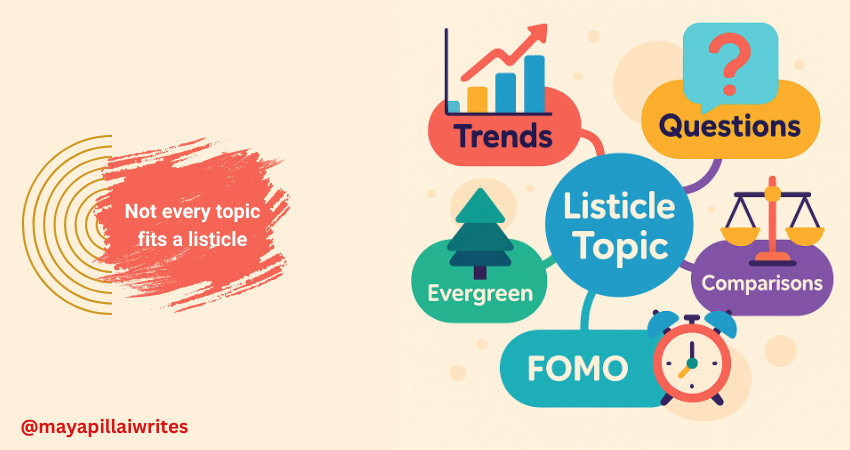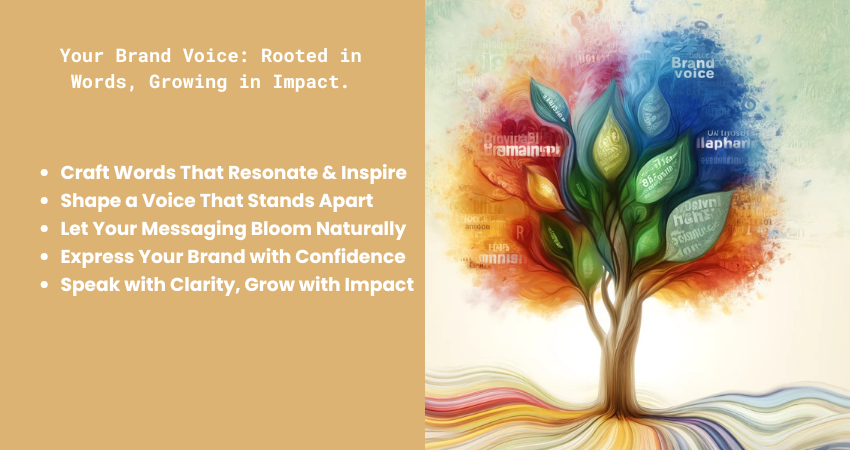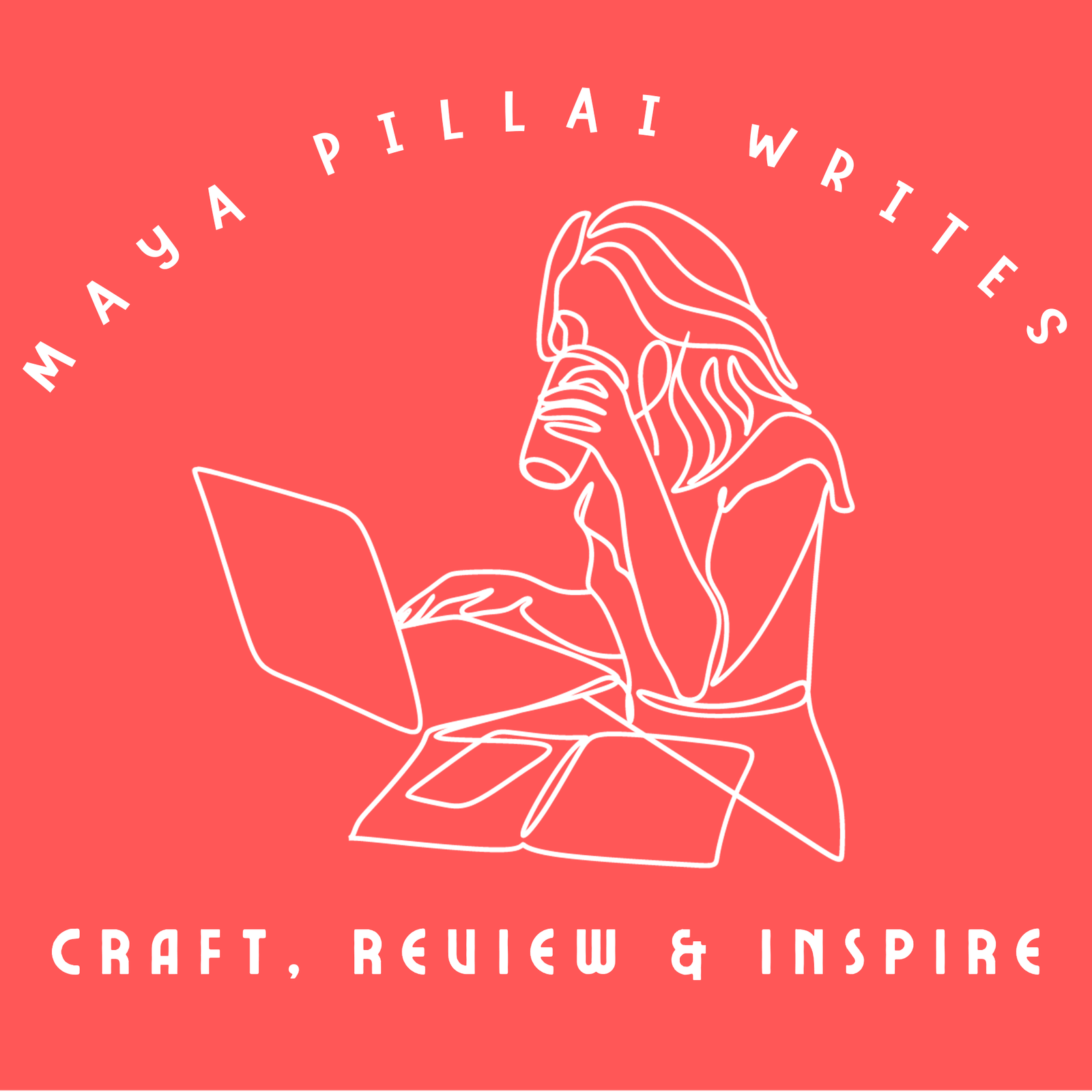How to Choose a Topic for a Listicle

Creating listicles is one of the most effective ways to capture attention online, but not every subject makes sense in a numbered format. If you’ve ever wondered how to choose a topic for a listicle, the key lies in audience demand, search intent, and whether your idea can be broken into clear, valuable points. Listicles remain popular because they’re scannable, shareable, and rank well in search engines. But in 2025, with AI-driven search (Google SGE, ChatGPT results, and voice queries) influencing visibility, writers need smarter ways to pick the right topics. TL; DR The best listicle topics are audience-driven, data-supported, and trend-aware. Choose subjects that can be broken into steps, mistakes, or comparisons, then test them against what people are searching for right now. Titles with numbers, FOMO-driven hooks, or problem-solving angles perform best in search engines and AI summaries. Key Takeaways Great listicle topics are data-driven, trend-aware, and easy to split into points. Audience questions and Google SERPs are the best places to find winning ideas. FOMO-driven, comparison-based, and mobile-first topics perform especially well. Balance evergreen and timely content to maximize reach. Test titles before writing to confirm demand. Read: How Listicles Improve Readability – mayapillaiwrites.com 10 Proven Tips for 2025 1. Start With Real Questions From Your Audience The strongest listicle ideas come directly from what your audience is asking. Instead of brainstorming in isolation, pay attention to recurring questions on platforms like Reddit, Quora, YouTube comments, Slack groups, or niche forums. When the same pain point keeps showing up, that’s your signal. For example, if multiple users are asking “How do I protect my crypto from AI scams?”, that’s a natural fit for a listicle like “7 Ways to Protect Your Crypto From AI-Powered Scams in 2025.” By starting with questions, you guarantee relevance and avoid generic topics that won’t resonate. 2. Spot FOMO Topics (Fear of Missing Out) Readers don’t want to fall behind. That’s why listicles around trends, risks, and new opportunities often get more clicks and shares than evergreen content. In fast-moving industries like cybersecurity, marketing, or AI, people scan listicles to quickly catch up on what’s changing. Example: “10 AI Tools Every Freelancer Should Try in 2025” or “5 Cybersecurity Threats Businesses Aren’t Ready For This Year.” These create urgency, which boosts engagement and SEO performance. 3. Use Search Data, Not Just Intuition It’s tempting to pick listicle topics based on instinct, but SEO thrives on data. Use tools like: Google Trends to spot rising interest. AnswerThePublic to identify long-tail, list-friendly questions. Google Autocomplete to see what phrases like “best,” “top,” and “ways to” bring up in your niche. If the first page of Google shows list-based results for your keyword, it’s proof that the listicle format matches search intent. 4. Ask: Can It Be Broken Into “Chunks”? Not every topic works as a listicle. A strong candidate is one you can break into steps, mistakes, tools, or examples. If the subject can’t be divided neatly, it’s better suited for an essay or thought piece. ✅ Good: “8 Mistakes New Writers Make on LinkedIn.” ❌ Weak: “Why Content Writing Is Important.” Breaking into chunks makes your post easier to skim, which is both reader-friendly and SEO-friendly. 5. Think Mobile-First Over 70% of readers access content on their phones, which means mobile readability is non-negotiable. When choosing a topic, ask: “Would this listicle work as a quick-scroll read?” ✅ Works: “10 Free Grammar Tools Writers Can Use on the Go.” ❌ Doesn’t Work: “History of Grammar Tools.” Scannable, benefit-driven content performs better in mobile-first indexing and AI search summaries. 6. Focus on Comparison and Decision-Making Decision-driven queries are where listicles shine. When people search for “best tools,” “top platforms,” or “alternatives to,” they want a quick comparison before making a choice. Examples: “7 Cold Wallets Compared: Which One Should You Use in 2025?” “5 Freelance Platforms Writers Can Trust This Year.” These listicles help readers act quickly — and Google rewards that with higher rankings. 7. Balance Evergreen and Timely Topics Don’t rely only on trending ideas. A good strategy is to create both: Evergreen listicles stay relevant year after year (“10 Simple Tips to Improve Your Writing”). Timely listicles capture attention fast but may fade (“5 AI Tools Changing Content Creation in 2025”). Balancing both ensures you get immediate visibility + long-term search traffic. 8. Add Your Unique Angle Before You Write The internet is saturated with listicles. What makes yours click-worthy is the angle. Don’t just write “10 Productivity Tools.” Add a differentiator like “Tested by Writers in 2025” or “That Are Actually Free.” Readers — and search engines — reward originality. Unique angles can also earn backlinks from others who cite your work. 9. Test Your Title Early Your title is your hook. Before writing, test it on LinkedIn, Twitter, or even a private Slack group. Post two versions of your headline and see which sparks interest. If “10 SEO Tools for Beginners” gets less traction than “10 SEO Tools That Save Writers Time in 2025”, you know which one to use. This small step ensures your chosen topic has demand. 10. Apply the “Quick Filters” Rule Before finalizing, run every topic through these quick filters: Can it be split into 5–15 clear points? Does it solve a problem or answer a trending question? Is interest rising on Google Trends? Can you frame it with a unique perspective? Would you personally click on this headline? If the answer is yes to most, you’ve found your listicle winner. To Sum Up Choosing the right topic for a listicle in 2025 is about balancing audience needs, search demand, and format suitability. A good listicle topic answers real questions, solves a problem, or helps readers make quick decisions. By focusing on data-driven research (Google Trends, autocomplete, AnswerThePublic), spotting FOMO-driven trends, and ensuring your subject can be broken into clear, scannable points, you’ll create listicles that are both SEO-friendly and reader-friendly. The most successful listicles today combine evergreen relevance with timely hooks, carry unique
How to Create Your Unique Brand Voice (Beyond Clichés and Stand Out)

Craft a brand voice that stands out—ditch clichés, embrace authenticity, and break industry norms to make your brand memorable and recognizable.
5 Ways ChatGPT Can Revolutionize Content Writing for Small Businesses and Writers in 2025

Discover how ChatGPT for content creation is transforming the writing landscape for small businesses and writers alike. From generating fresh blog ideas to polishing drafts into perfection, this AI-powered tool saves time, boosts creativity, and delivers professional results. Learn five practical ways ChatGPT can revolutionize your content strategy and help you stay ahead in the competitive world of content marketing.
Brand Voice vs. Brand Tone: 10 Key Differences Every Marketer Needs to Know

Your brand’s voice is the soul, while its tone sets the mood for every interaction. Together, they create a powerful emotional connection with your audience. In this article, we’ll explore the subtle yet significant differences between brand voice and brand tone, and how mastering both can captivate your audience and enhance your brand’s identity.
Content Writing vs. Copywriting: Understanding the Differences and Opportunities

As a writer, I’ve often found myself caught between content writing and copywriting. At first, they felt like two sides of the same coin—just words on a page, right? But then I noticed how some words made people feel informed and inspired, while others had them ready to click that “Buy Now” button. If you’ve ever wondered why that is, you’re not alone. Content writing vs copywriting serve very different purposes, yet both are essential in today’s digital landscape. Let’s dive into what makes each unique—and how understanding the difference could unlock new opportunities for you or your business. What is Content Writing? Content writing is about creating informative and engaging content meant to educate, entertain, or inspire readers. The primary goal is to provide value and build a long-term relationship with an audience. Content writing vs copywriting can take many forms, including: Blog posts Articles Social media content E-books and whitepapers How-to guides and tutorials Good content writing focuses on quality, relevance, and delivering information that resonates with the audience. It often incorporates SEO (Search Engine Optimization) practices to improve visibility and drive organic traffic to a website. The tone of content writing can vary, but it generally leans towards being informative, engaging, and authentic. Example of Content Writing: A blog post titled “10 Tips for Writing Engaging Instagram Captions” offers practical tips and strategies to help readers enhance their social media game. What is Copywriting? Copywriting, on the other hand, is about persuasion. It aims to get readers to take immediate action, such as making a purchase, signing up for a newsletter, or clicking a link. It’s short, punchy, and emotionally compelling, often found in: Ad copy Sales pages Email marketing campaigns Product descriptions Landing pages Copywriters are experts at crafting words that sell. They understand human psychology and how to trigger emotions to influence behavior. Unlike content writing, which educates or entertains, copywriting is purely results-driven. Example of Copywriting: An email subject line that reads, “Unlock 20% Off Your First Order—Today Only!” encourages readers to take advantage of a limited-time offer. Key Differences Between Content Writing and Copywriting Purpose: Content writing informs, educates, or engages to build trust and brand authority over time. Copywriting persuades and drives readers to take immediate action, like making a purchase or signing up. Tone and Style: Content writing is generally longer and more informative, with a focus on delivering value. Copywriting is concise, punchy, and emotionally engaging. SEO and Marketing: Content writers often work on SEO strategies to improve a website’s organic search ranking. Copywriters focus on creating high-converting text for ads, landing pages, and email campaigns. Audience Engagement: Content writing aims for engagement and interaction over the long term. Copywriting seeks to provoke an immediate response from the audience. Opportunities for Writers Understanding the differences between content writing vs copywriting opens up diverse opportunities for writers. Here’s how: Diversify Your Skills: Mastering both disciplines can make you a more versatile writer, able to take on a wider range of projects. Increased Earning Potential: Copywriting, especially, is a lucrative skill due to its direct impact on sales and conversions. Many businesses are willing to invest heavily in persuasive copy that drives results. Work with a Variety of Clients: Content writing can lead to long-term gigs, while copywriting often brings high-value, short-term projects. Both can be rewarding in their own ways. Explore Different Industries: From tech startups to lifestyle brands, both writing types are needed across various sectors, giving writers endless possibilities to explore their interests. Opportunities for Businesses For businesses, understanding these differences can help allocate resources more effectively. If the goal is brand awareness and education, invest in content writing. A well-written blog strategy or thought leadership article can drive consistent traffic and establish authority in your niche. If the aim is to boost sales or lead generation, focus on copywriting. Compelling ad campaigns and landing pages with a clear call-to-action (CTA) are critical for converting leads into customers. To Wrap Up Both content writing and copywriting are powerful tools in the digital landscape, but they serve different roles. While content writing builds trust and long-term relationships, copywriting drives action and sales. By understanding these nuances, writers can refine their craft, and businesses can harness the power of words more effectively. Whether you’re a writer seeking to expand your portfolio or a business owner deciding on your marketing strategy, recognizing the strengths of each type can lead to better outcomes. So, which one will you focus on next?. Ready to Make Your Words Work for You? The insights shared in this article are only the tip of the iceberg when it comes to mastering the art of content writing vs copywriting. As a writer or business owner, you might be searching for that secret formula that makes words stick—whether your aim is to engage, educate, or drive sales. Maybe you’ve been struggling to distinguish between content that builds long-term trust and copy that drives immediate action. Or perhaps you’re unsure which approach will best serve your brand’s goals and connect with your audience on a deeper level. Here’s the good news: You’re in the right place to unpack the power of words and how they can transform your brand presence. Content writing vs copywriting isn’t just a choice; it’s a strategic decision that can: Build meaningful relationships with readers who find value in what you share. Compel prospects to take action, whether that means subscribing, purchasing, or joining your community. Elevate your brand by blending information with emotion, making your message memorable. Whether you want to use content to establish authority or persuasive copy to boost conversions, understanding both is crucial. Ready to level up your communication game and get your words to work harder for you? Let’s craft writing that doesn’t just inform but engages, persuades, and drives results. Get in touch, and together, we’ll ensure your content or copy hits the mark every time.
